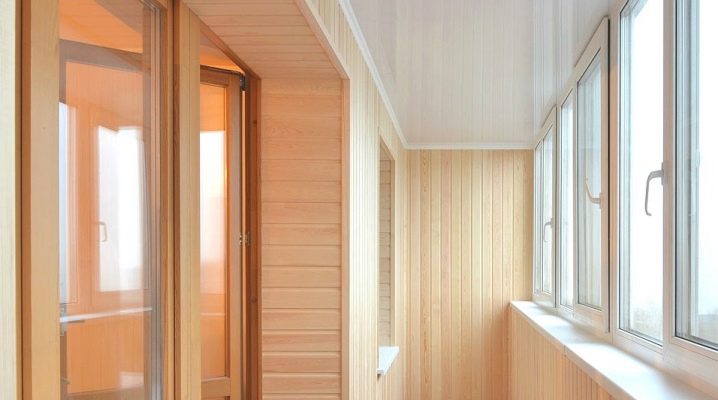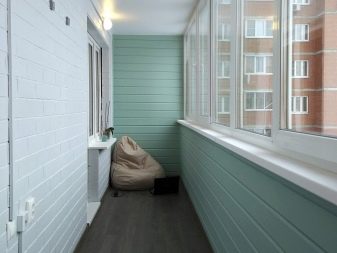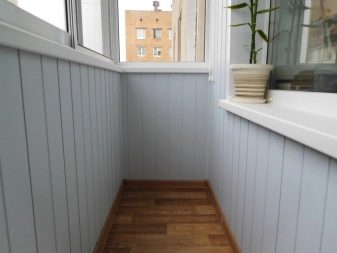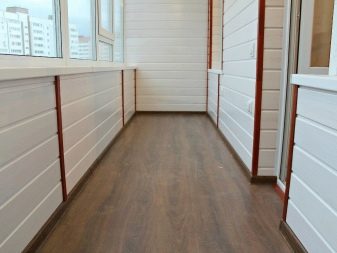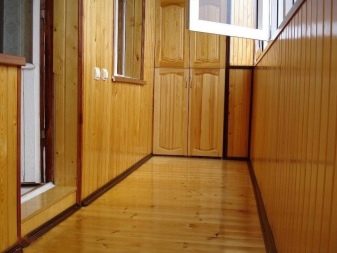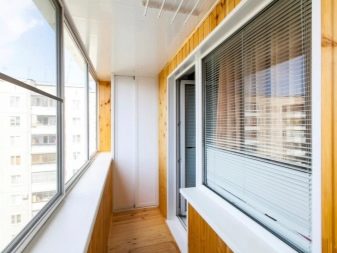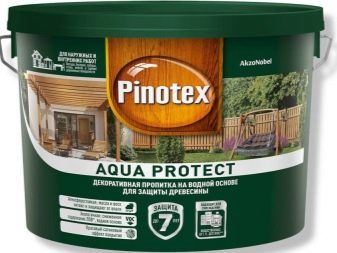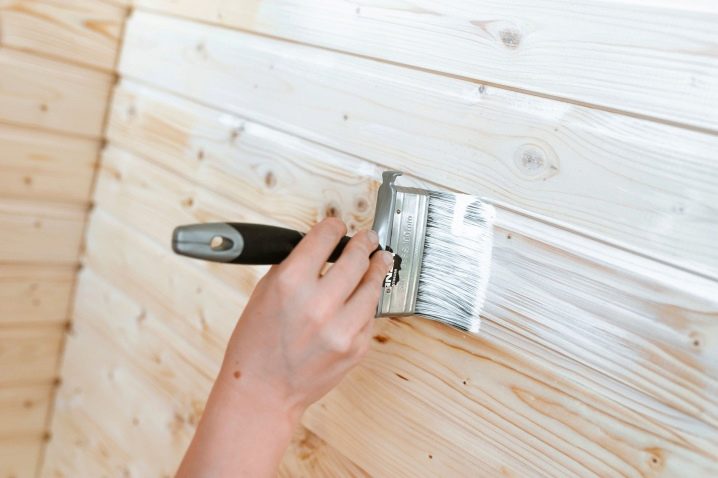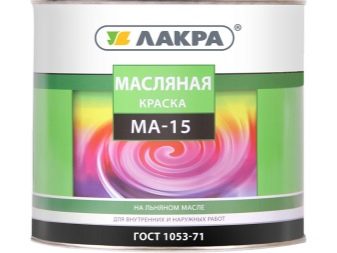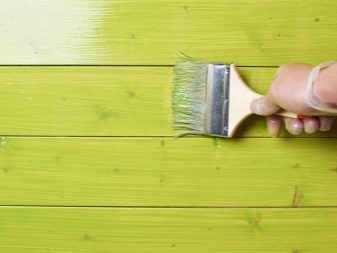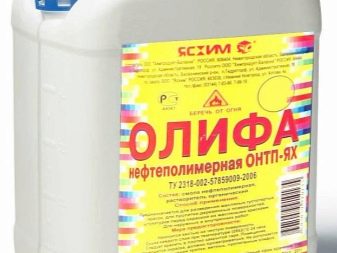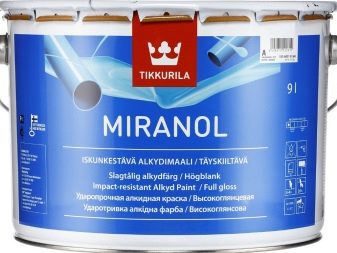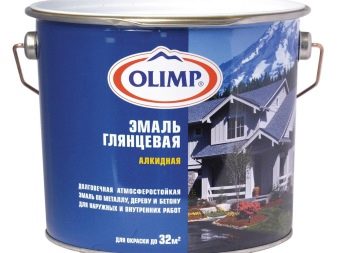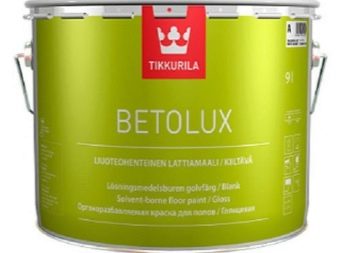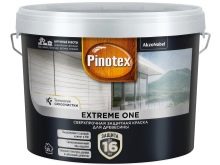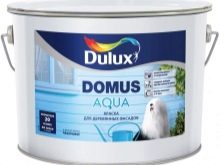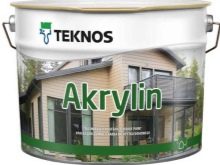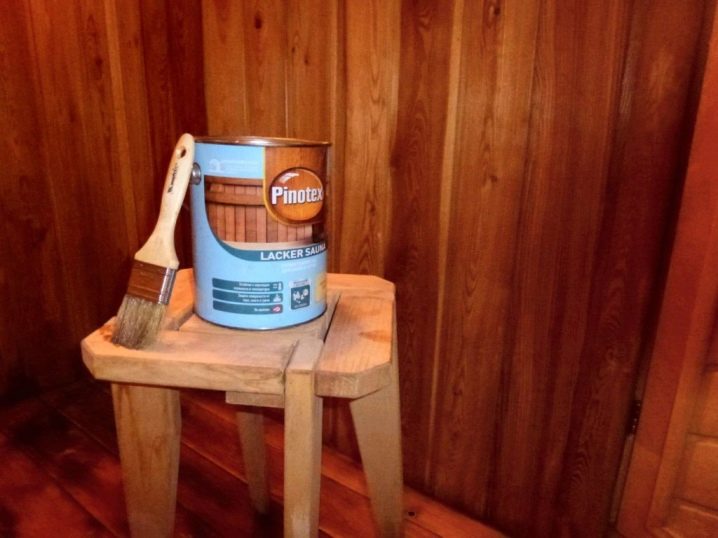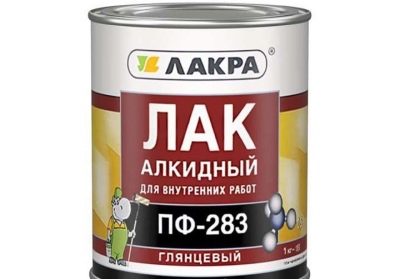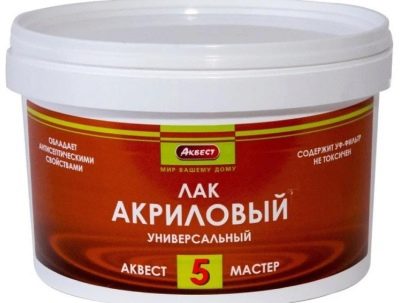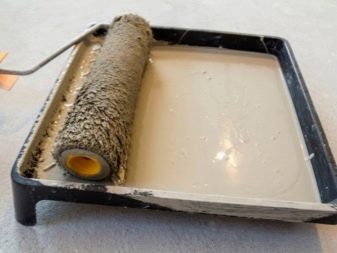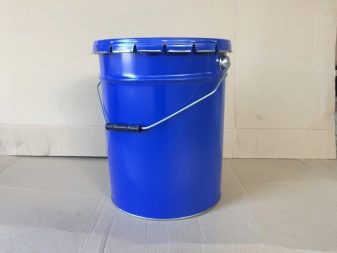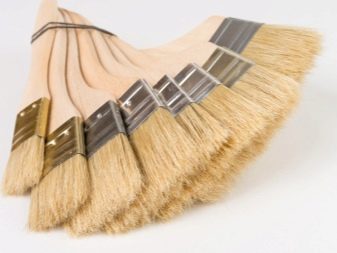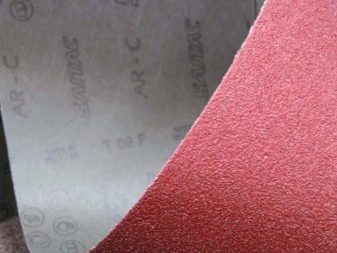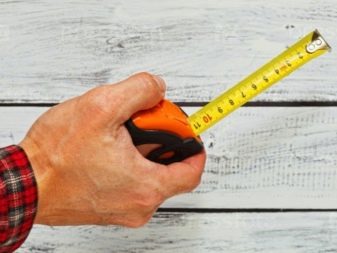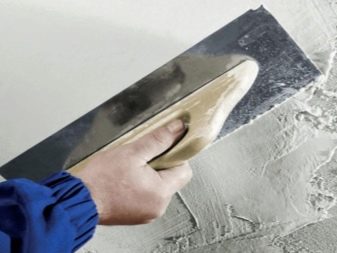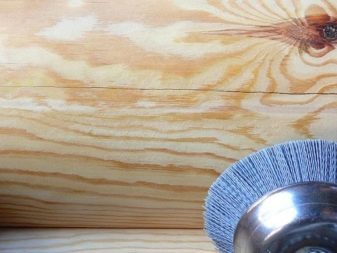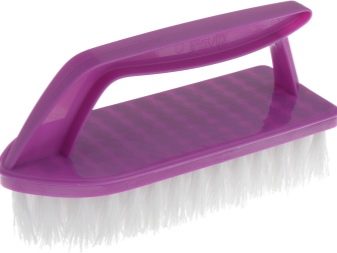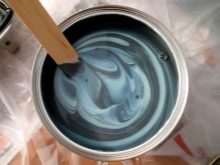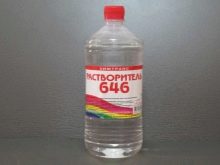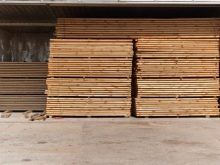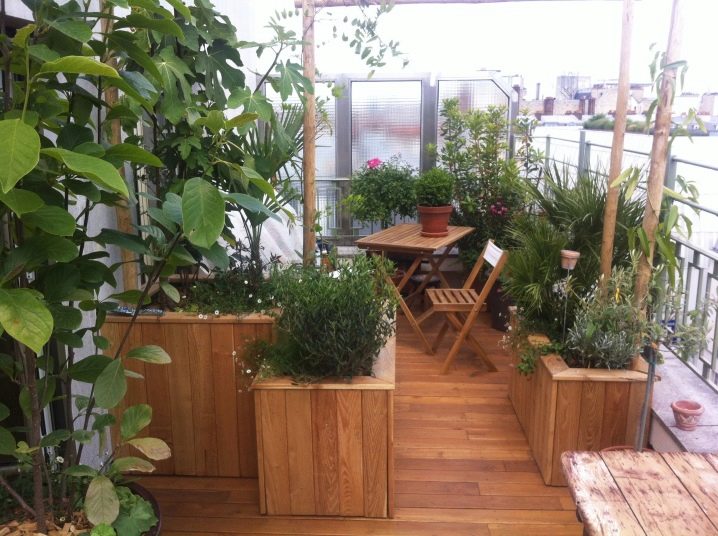What and how to paint the lining on the balcony?
Almost every apartment or house has a place that was most often used as a storage room, and many simply ignored the benefits of the area from this room. As, probably, many have already guessed - this is a balcony. Nowadays, square meters are more valuable than ever, so the view on the use of balconies has changed. There are a great many options: from a simple cozy place where you can just sit and relax, to greenhouses and private offices. The question arises: "How to decorate the balconies and how to take care of them?" The most common material with which balconies are trimmed is considered to be lining, and we will try to tell you how to properly prepare, paint and care for it in our article.
Peculiarities
The lining is made from a variety of wood species, but any natural material requires careful care. Most often, paint is used to protect the boards, since it is very affordable, it can be used to preserve the texture of the wood. Also, thanks to the large selection of paints and varnishes, it will not be difficult to fit such a lining into the overall interior.
The choice of processing means is very important, since thanks to this the tree will not deteriorate and will last for many years. The lining can not only be painted, but also tinted, varnished.
And for the best result, you can even combine these types of processing. The main thing is to understand how you want the boards to look in the end. All materials are easy to work with, but all instructions and safety precautions must be followed.
With a glazed balcony, precipitation does not fall on the boards, and they also do not experience temperature differences with the change of seasons. In such a case, solutions that are intended for interior work will be a good choice. And if the balcony is not insulated and all sorts of precipitation will fall on the clapboard walls, then only substances for outdoor work are used here.
Review of materials
Paint is the most popular material used for the treatment of lining, thanks to it you can hide wood defects, and it also allows you to give the wood absolutely any color. And the protective properties of this composition have long been known and are not in doubt. Let's take a look at what types of such products can be used to paint wooden lamellas.
Oil
These solutions are based on vegetable oils - this determines their basic properties. Oil paints are absorbed deep into the structure of the wood, saturating it to the bottom. However, they do not clog the wood pores, which allows the lining to breathe. The dense coating protects the tree from negative factors.
Of the minuses, it can be noted that dark shades of this type of paint are not suitable for covering balconies that are located on the sunny side, since over time, color fading will inevitably occur due to ultraviolet rays.
Also, this can include long drying time compared to other paints: it is about eight hours. Even after drying for several days, the surface may remain sticky.
Alkyd
This type of composition is based on drying oil, it can also serve as a solvent if desired. It should be noted that the paint primarily forms a moisture-resistant coating, it is elastic and dense, which allows it to withstand both collisions with various kinds of external factors and mechanical damage. Also, such compositions have proven themselves very well at low temperatures, since the surface does not lend itself to cracking and deformation. To the pluses, you can also add the quick drying of the solution.
The disadvantage will be the presence of a pungent odor, therefore, you must carefully read the instructions before use and follow safety precautions. It is advisable to carry out work in a respirator.
Facade paints
Facade paints are also well suited for painting lining on the balcony.
This type of paint is very durable and easy to work with due to its good elasticity.
The downside is the limited choice of colors. Of the main advantages, it stands out that this type of treatment is strong and durable, since these paints are mainly used for outdoor use.
Varnishing coating
The varnishes with which the lining is processed indoors can have a different basis. This is the key factor, that is, the characteristics of the coating will depend directly on the composition. Let's take a look at what varnishes can be used to process lamellas.
- Water based varnishes... The indisputable advantage of this type of varnish is its environmental friendliness. Water based varnishes have a very fast drying rate. They are hypoallergenic, for some people this may be the main selection criterion.
- Alkyd varnish. This type of varnish is universal and is suitable for processing balconies with both closed and open type clapboard. Also, these solutions are adapted for use in different climatic conditions due to the strong and waterproof film formed on the surface. All kinds of mechanical influences, such as scratches or dents, are not terrible for this type of varnish. Of the minuses - long drying and a pungent smell, you need to work, observing all standards and safety precautions.
- Acrylic lacquer. These varnishes are suitable for use on sunny areas as they protect against UV rays. The relatively low price and an extensive selection of colors and shades are the main advantages of using these varieties. In order for the varnish to lay down evenly, it should be diluted with a solvent or water. Most often, acrylic varnish is applied in several layers, the first of which provides a protective function, and the subsequent ones form a shade.
Required tools
The next step after you have chosen and decided on what paints and varnishes you will cover the lining on the balcony is the choice of the tool.
Many skip this stage, believing that they will cost a roller and a couple of brushes, but do not forget that the time you spend on repeated trips to the store for an additional tool could be saved even at the pre-preparation stage.
Let's designate the main list of tools for painting the lining on the balcony.
- Eyes and respiratory tract must be protected - a respirator and mask will help with this.
- In order to avoid contact with chemicals and skin damage, we use construction gloves.
- If you are using several types or colors of paint, prepare a separate tray, roller and brushes for each. Buckets of paint and water will also be helpful.
- There are many brushes, most likely, you will need both large ones to handle overall areas, and small ones, for example, for working out corners or outlining window openings.
- To prepare wood for painting, you will also need several types of sandpaper. And here you can also include an antiseptic, also for pre-treatment.
- And as a bonus, you can record a tape or other similar material for protecting adjacent areas, so as not to spoil the already existing repair.
Painting technology
To make the whole process go without incidents, it needs to be broken down into several stages - let's start with the preparatory one.
- To calculate paint consumption, you need to measure the area of all surfaces that you want to paint. Take paint taking into account that 100-200 grams is spent on one square meter of lining, the figure may vary.
- The choice of color must be approached responsibly and take into account all the solutions applied to the lining, since the varnish can change the shade later.
- If the sandpaper did not cope with all wood defects and old paint, then surface can be treated with putty... After applying the putty, it is necessary to properly grind the lining.
- After all the preparatory work you need to clean the lining of dust, putty and wood residues. This can be done with brushes, brushes and a vacuum cleaner.
- Before painting itself, you must apply a primer. This is necessary for better painting and getting exactly the color that you planned.
After all the preparatory steps, the painting stage follows. In order for all the work to go according to your expectations, you must adhere to some rules.
- It is necessary to prepare the paint. Open the composition according to the instructions, mix it thoroughly and for a long time, as some components settle at the bottom.
- To achieve the desired consistency, use solvent or water.
- For applying paint to the surface, it is desirable use quality brushes and rollers.
- After painting it is necessary dry wood, it can take several hours or several days (depending on the material and temperature you choose). The second layer is applied only when the entire surface is completely dry.
Decor ideas
Most often, the natural color of the lining does not coincide with the design of the house or apartment, and, as we already know, it can be easily repainted. The most suitable will be warm and light colors, very often white shades are used. Thanks to this, you can beat almost any existing design of an apartment or house with the help of any additional accessories. For the decoration of the loggia, mainly live plants are used, with their help you can get a small, but at the same time very cozy garden.
Also, the balcony can be used as a storage place. To make it look stylish and tidy, you can nail open shelves on which to place stylish boxes. You can also hang thick fabric curtains.
In the modern world, the balcony can also be used as an office; for this type of room, you can use grayish shades of paint for the lining, which would not strain your eyes, like white, but at the same time were calm and warm. There are a great many applications of the balcony, it all depends on the needs of the person, but finishing with clapboard is a win-win option.
How and how to paint the lining on the balcony, see below.
